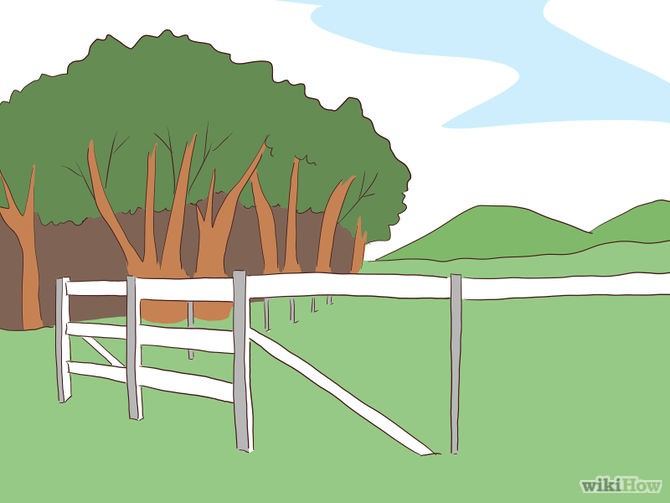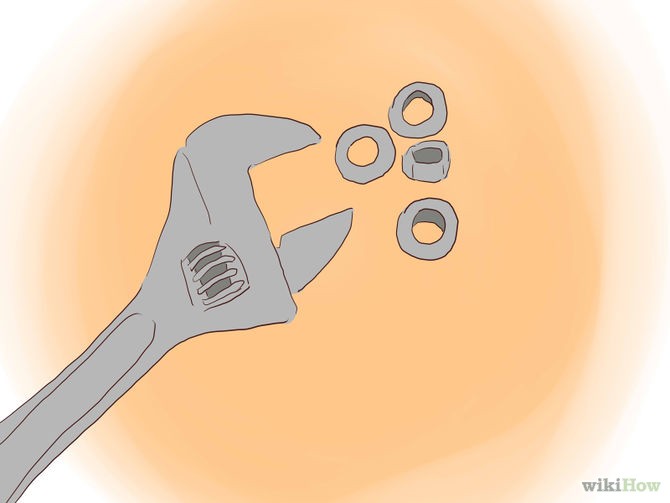Steps to profitable ranching
Post on: 1 Февраль, 2017 No Comment

“I don’t know how many people have told me ‘ranching for profit’ is an oxymoron,” says Dave Pratt. Pratt, whose company Ranch Management Consultants (RMC) operates the Ranching for Profit Schools, recently presented his strategies for profitable ranching to the Academy of Veterinary Consultants, a group of beef-cattle veterinarians who work with large ranches and feedyards.
Pratt’s first presentation focused on the business of ranching, outlining how ranchers can identify and pursue the activities that contribute to profitability and scrap those that do not. His second presentation illustrated how one specific strategy — cell grazing — can enhance profits by improving resource productivity and utilization while reducing input costs.
Many ranches, Pratt says, do not operate as businesses and are not truly profitable. Ranchers often subsidize their operations with outside income, free labor, inheritance and appreciation of land to generate positive returns. But with appropriate business planning, the ranching enterprise can become profitable on its own.
In planning their businesses, Pratt encourages ranchers to consider economics and finance separately. Economics, he says, relates to the profitability of the operation and what you can do to make it more profitable. Finance relates to the capital investment, debt and cash flow needed to operate.
Focusing on economics, a first step is to define profit. Ranchers might compare costs versus expenses or beginning and ending net worth on an end-of-year balance sheet, but these measures can overlook non-cash products such as the value of replacement heifers or costs such as annual depreciation of cows.
In the Ranching for Profit Schools, Pratt defines profitable ranching as being able to show a positive return on investment after accounting for the following expenses:
• Cash rent for your land, even if you own it, since you could rent it to someone else.
• Full cost of labor, which Pratt describes as what it would cost to hire someone else to do the work you currently do.
• Interest on all assets used in production and average annual return on investment in their ranching enterprises is a positive 4.2 percent. The benchmark among the top 20 percent of Executive Link members is over 9 percent. So how do these ranchers beat the averages? Pratt says there are three ways to increase ranch profits:
1. Reduce overhead costs — These costs, which do not change much as livestock numbers change, can account for 60 to 80 percent of total costs. There are two categories of overheads: land and labor. Land costs include expenses such as fencing or water trough repairs, property taxes and leases. Labor costs include any costs related to labor, such as salaries, benefits, vehicles and equipment. Pratt stresses that these costs are not fixed as sometimes assumed. Leasing land rather than buying or keeping a pickup truck in operation for a couple more years can reduce overhead costs.
2. Improve gross margin per unit — Gross margin is calculated by subtracting the direct costs of production from gross product. Direct costs are those costs that increase or decrease with cow numbers, such as feed, medications, freight, marketing commissions and interest on livestock loans. Gross product includes livestock sales minus purchases and changes in the value of your herd. By dividing total gross margin by the number of animals in the herd, you can determine gross margin per unit. Gross margin per unit measures the economic efficiency of production. Pratt cited an example of a rancher who became more profitable by becoming less productive. While receiving $100 per head less for his calves, he reduced direct costs by more than $250 per cow. That improved the gross margin and profit by over $150 per cow.
3. Increase turnover in ranching — Turnover is the total volume of production from each ranch enterprise. If gross margin is positive, increasing turnover will increase profit as long as it doesn’t increase land or labor costs or damage the resource base. Direct costs go up if you add more cows, for example, but overhead costs generally do not, unless cow numbers reach a level where you need more land or more labor. Ideally, a ranch should operate at that “sweet spot” where animal numbers match the carrying capacity, rather than operating below capacity with the same overhead costs.
In his second presentation, Pratt focused on a specific management practice — cell grazing — that can improve profits by increasing turnover and gross margin per unit of production and reduce labor costs.
Cell grazing, Pratt stresses, is not the same as “rotational grazing,” which implies a set system for moving cattle from one pasture to another. Cell grazing utilizes multiple pastures, but grazing periods and rest periods are flexible depending on the season, stage of forage growth, moisture and other environmental conditions.
In continuous or near-continuous grazing, forages can be over-rested and overgrazed in the same pasture. Cattle favor new growth, so they will often come back to the same plants to graze regrowth while leaving older plants alone. Eventually this leads to patchy growth, bare ground, invasive weeds and lost productivity.
Well-managed cell grazing encourages full utilization of forage in a pasture without overgrazing, breaks up the soil surface for better germination of new forage plants and evenly distributes nutrients from livestock urine and manure.

Pratt notes that cell grazing works hand-in-hand with low-stress animal handling, allowing cattle to freely move to new paddocks and fresh forage.
A full understanding of cell grazing would require more detail than this article can provide, but Pratt outlines five basic principles.
1. Required rest in a paddock depends on growth rate. The number of paddocks available to the herd and the speed at which animals are moved from one to the next will influence the length of the rest period in each paddock. Flexibility is critical, with environmental conditions determining grazing and rest periods. Pratt says eight to 10 paddocks per herd are adequate to prevent overgrazing.
2. Short grazing periods improve animal performance. Forage intake as a percentage of bodyweight tends to decline over time in a pasture, as the quality and palatability of available forage decline. More paddocks per herd and, therefore, shorter grazing periods provide more steady intake. Pratt says 14 to 16 paddocks are often required to support good animal performance.
3. Higher stock density will improve uniformity of utilization. Consider, for example, you place one cow on a 1-acre pasture for 100 days, and 100 cows on a similar 1-acre pasture for one day. The stocking rate in grazing days per acre is the same, but effects on the pasture would be far different. Pratt says 25 or more paddocks per herd will provide rapid improvement to pasture health and productivity.
4. Use the largest herd consistent with good husbandry. Large herds make it easier to create “herd effect” which can be used to jump-start succession processes and improve water and mineral cycles.
5. Match stocking rate to carrying capacity. This means matching supply to demand, seasonally and annually. During high-growth periods, graze the forage “up,” meaning faster movement and lighter grazing, making “deposits” for later. During periods of slow growth or dormancy, graze the forage “down,” meaning longer grazing periods and longer rest periods, making “withdrawals” by utilizing forage residue.
Pratt provided numerous real-world examples of ranchers who have benefitted from adoption of cell grazing. Their results include increased carrying capacity and stocking rates, reduction in harvested feeds along with fertilizer and irrigation costs, reduced ranch labor, improved animal performance, more plant diversity in pastures, better water retention and improved water f lows in streams, springs and wells.














